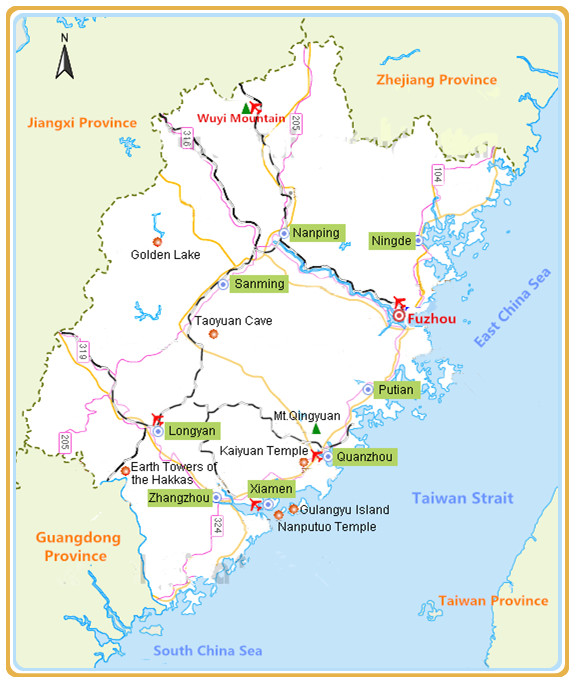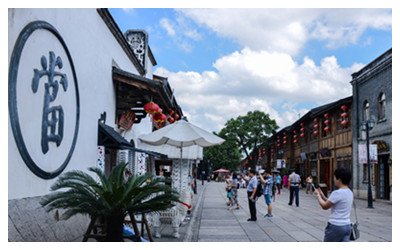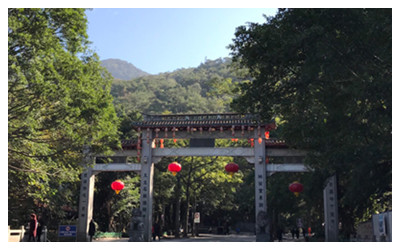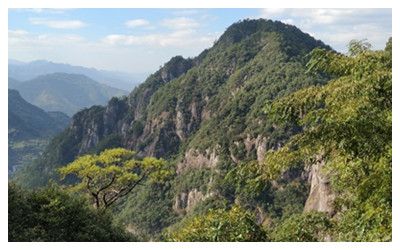Skype: neodalle-travel
Tel: +86 135 7447 2266
E-mail: sales@visitaroundchina.com
 Fuzhou, abbreviated to "Rong", is the capital city and the political, economic, scientific and cultural centre of Fujian Province. It has an advantageous geographical position, bordering Fujian and Guangdong province, east to Fujian and south to Ganzhou connecting Guangdong. Fuzhou is the regional marketable grain base in China. It has got abundant special agricultural products. Fuzhou is one of the first open coastal cities in China. Mawei Fuzhou, the cradle of the modern Chinese Navy, has cultivated Chinese shipping culture. It is both a historic and a cultural city with over two-thousand-year of history. Such historical sites as Sanfang Qixiang, Minjiang Park, Fujian Tulou and Mount Wuyi combining natural scenery and tea culture are waiting for you to explore.
Fuzhou, abbreviated to "Rong", is the capital city and the political, economic, scientific and cultural centre of Fujian Province. It has an advantageous geographical position, bordering Fujian and Guangdong province, east to Fujian and south to Ganzhou connecting Guangdong. Fuzhou is the regional marketable grain base in China. It has got abundant special agricultural products. Fuzhou is one of the first open coastal cities in China. Mawei Fuzhou, the cradle of the modern Chinese Navy, has cultivated Chinese shipping culture. It is both a historic and a cultural city with over two-thousand-year of history. Such historical sites as Sanfang Qixiang, Minjiang Park, Fujian Tulou and Mount Wuyi combining natural scenery and tea culture are waiting for you to explore.History of Fuzhou
Fuzhou, with a history of more than 2,200 years, is a well known historic and cultural city on the southeastern coast of China. From ancient time, Fuzhou has been said to be "a land of blessing", where there are green trees in four seasons, flourished culture, pure folk customs, dynamic economy, abundant resources and produce as well as prosperous trade. It is a tourism destination to be developed. More than 40 cultural relics units have been listed into national and provincial history preservation. Fuzhou focuses on caring for and serving for investors. Nowadays, there are over 2300 enterprises from home and abroad having invested as well as lived here. The city has already become precious investment city for all the businessmen.
What to see in Fuzhou?
Fuzhou is a tourist city that boasts both natural and manmade sights. Famous mountains include Mt. Gu, Qi, Shizhu, Baiyan and Xuefeng etc. Famous temples include Yongquan, Xichan, Linyang, Fahai and Yunju etc. Famous tombs like Tomb of Lin Zexu etc. Famous gardens include West Lake etc. Famous towers include the White, Wu and Luoxing etc. Famous bridges include Wanshou and Longjiang etc. Many former residences of celebrated historical figures scatter at Sanfang Qixiang. More attractions are: Fujian Tulou and Mount Wuyi. You may find that there are far too many things to see here in one short trip.
 |
 |
 |
| Three Lanes and Seven Alleys | Gushan Mountain | Yongtai Qingyunshan Mountain |
How to get to Fuzhou?
In terms of geography, the city center is Wuyi Square and Dongjiekou is the commercial center of the downtown area. From railway station bus No. 20 will take tourists to Dongjiekou, Bus No. 51 will bring tourists to the crossing of Wusi Lu and Hudong Lu - the financial center of the city, and bus No. 821 will take tourists to Jinshan, the new expanded city area.
By Railway: Fuzhou has two railway stations, which are Fuzhou Railway Station and Fuzhou South Railway Station. Fuzhou has opened railways lines connecting with the major cities in China, including Beijing, Shanghai, Hangzhou, Nanjing, Xian, Guangzhou, Jinan, Chengdu, Chongqing, Changsha, Wuhan, Suzhou, Shenzhen, Luoyang, Qingdao, etc…
By Aviation: Fuzhou Changle International Airport is an international airport of Fujian, also it is one of the China’s aviation international port. It has opened about 54 airlines, which connect with more than 47 major cities at home and abroad, including Hong Kong, Taiwan, Singapore, Kuala Lumpur, Tokyo, Osaka, etc…
When to visit Fuzhou?
Fuzhou has a typical subtropical monsoon climate. It is abundant in climate resources. The temperature is appropriate; and the rainfall is abundant there. Summer is long, while winter is short in Fuzhou. Average annual sunshine number is 1700 ~ 1980 hours; Average annual precipitation is 900 ~ 2100 mm; Average annual temperature is about 16 ~ 20 ℃. The coldest month from January to February, has the average temperature 6 ~ 10 ℃; and the hottest month from July to August, has the average temperature 24 ~ 29 ℃.
The weather of Fuzhou is comfortable, affording tourists the opportunity to visit the city all the year round, especially between April and November.
Fuzhou Travel Tips
Language and Art: Local residents of Fuzhou often speak Mandarin Chinese as well as Fuzhou dialect. Fuzhou dialect is a language which is regarded as the standard form of the Min Dong dialect.
Because of its long and flourishing history, there are many arts related industries represented, including the Three Treasures of Fuzhou (lacquer work, stone sculpting and cork cutting), a featured dining culture, and also traditional arts including Min Opera, etc. which still take an important role in today's Chinese culture.
 Ask Questions ?
Ask Questions ?